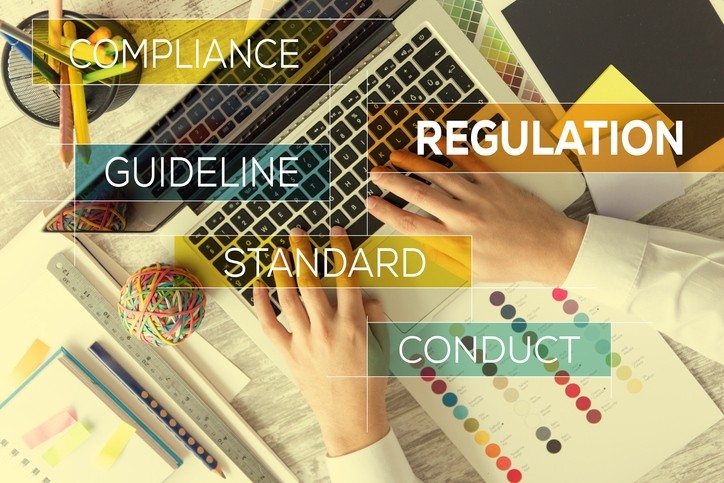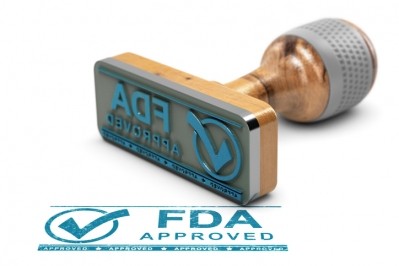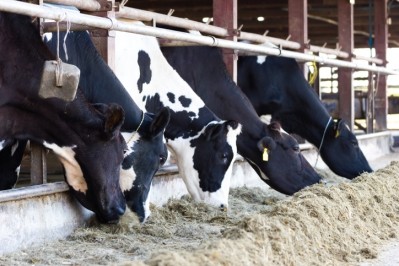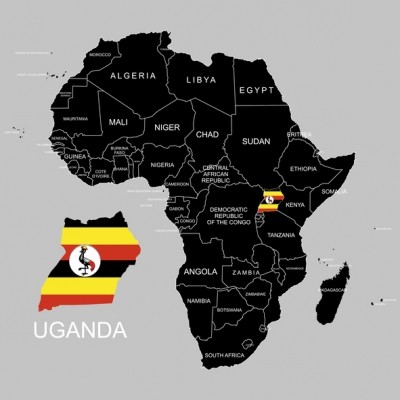Reports from IPPE
NSF International launches feed inclusive global animal wellness standards

Members of NSF International presented their Global Animal Wellness Standards at the International Production and Processing Expo (IPPE) earlier this month in Atlanta.
The system is focused on covering the elements of animal production from birth or hatch through death for livestock species including meat and egg-laying poultry, swine, dairy and beef cattle and small ruminants, said Elaine Vanier, technical manager for animal wellness programs with NSF International.
“We’re covering hatcheries, on-farm production, transport operations, livestock and poultry assembly points, or collection points, and also slaughter and also religious slaughter,” she added.
The Michigan-based global public health and safety organization established the three-tiered standards system to address “animal health and then feed, housing, handling and some of the husbandry practices,” she said.
A goal was to address the reported “patchwork” of local and regional standards producers faced throughout the global protein supply chain, she said.
“To be applicable worldwide, standards have to have relevance in the country, region or market that we are servicing and that our global customers are sourcing protein from,” said Vanier. “So they’re designed to recognize variability in regulatory requirements and [that] there are obvious differences in consumer and market pressures in the global market.”
NSF background and developing ‘global standards’
The organization has been working in public health and safety for many years predominantly with food safety, said Robert Prevendar, global managing director of supply chain food with NSF International. It writes standards and does auditing and training.
The group has offices in about 61 different countries, has worked in more than 175 countries and partnered with both governmental and non-governmental organizations including the World Health Organization, he said.
Designing the set of standards was of interest because animal wellness is an important part of the whole supply chain, he said.
The goal of the project was to develop a global set of animal wellness standards that could allow companies to meet specified objectives while including elements that would address different regional practices, said Prevendar. NSF identified an unmet need for a set of global standards.
“It’s a strong, consistent, science-based approach, outcomes-oriented and really focused on animal wellness – it’s a common global approach,” he added.
The standards set was created with insight from other animal management documents including those from the International Organization for Standardization (ISO) and the World Organization of Animal Health (OIE), said Vanier. The Five Freedoms of Animal Welfare also were considered.
The role of feed in wellness standards
Topics covered by the standards include feed and water; the health and safety of animal sourcing; animal handling, husbandry and management; and maintenance and protection in animal environment, facilities and equipment, the organization said.
With regard to feed, there are multiple aspects to consider, said Vanier. On the management side, producers have to have done a hazard analysis for their feed, as there are “risks and hazards” associated with providing feed and they need to have considered what theirs could be.
If producers are buying the feed they use, then there needs to be a process for supplier approval in place, she said. That process includes addressing what is expected from the feed supplier and determining that those specifications are met.
This also might mean setting expectations for how feed ingredients are handled during transport or managed, if the producers grow feed crops but do not harvest them in-house, she added.
Regarding the feed and water segment within the standards, producers have three elements to address, said Vanier. The first requires producers to have a documented feed and water program that addresses providing necessary feed for animals by “age, class and category,” whether they are mixing their own feed or buying it.
The second step includes ensuring that all feeds and feed ingredients can be identified and are traceable along the supply chain, she said. In addition, feeds need to be stored appropriately to prevent contamination or deterioration.
“Once the feed is received on their facility the onus is on the facility to properly protect and store the feed and keep it separated when it needs to be, particularly if it has to go to one particular production group or age,” she said. Feed also has to be kept separate from any medicated feeds, she added.
The third element is making sure that feeds and feed ingredients are of a satisfactory quality to address the animal’s nutritional needs, she said. The intention is that facilities, either buying or mixing feed, have appropriately defined what is needed in the ration and that they are receiving that.
The area could be particularly relevant for producers growing and mixing their own feeds as there could be regional variations or deficiencies in ingredients, said Vanier. Producers need to be aware of risks like nitrate levels or mycotoxins.
“We’re not trying to write a feed safety standard here, but we’re trying to ensure that the producer has taken into account that feed safety issue if they are producing their own feed,” she said. “And that they’ve properly sourced their feed and feed ingredients.”
Standard tiers and implementation
The three tiers within the standards program range from the baseline set, which covers mandatory requirements through full certification, said Vanier. They are intended to be audited annually, and, at the highest tier, include surprise inspections.
Facilities interested in working with the standards can pick where they want to start, she said. They also have the option to work through them at their own pace.
“The baseline is looking at the mandatories, looking at the requirements and really clearly identifying these things are mandatory,” she said. “We want to have a producer or company be able to describe what they do in terms of animal wellness programs and then look for the evidence that that is in place.”
“At the assurance level, it’s a fairly robust program that is in part providing sufficient assurance that there is animal wellness and a good, strong management system and that it’s always driving that continual improvement to the next tier,” she said. “At the certification [tier], this is adherence to a high level of requirements, very robust programs and insurance of a complete management system."













